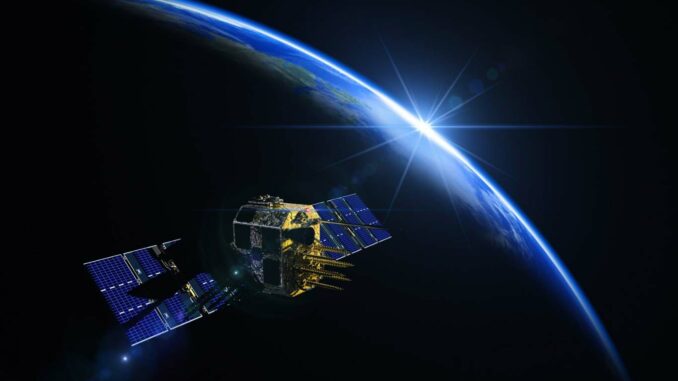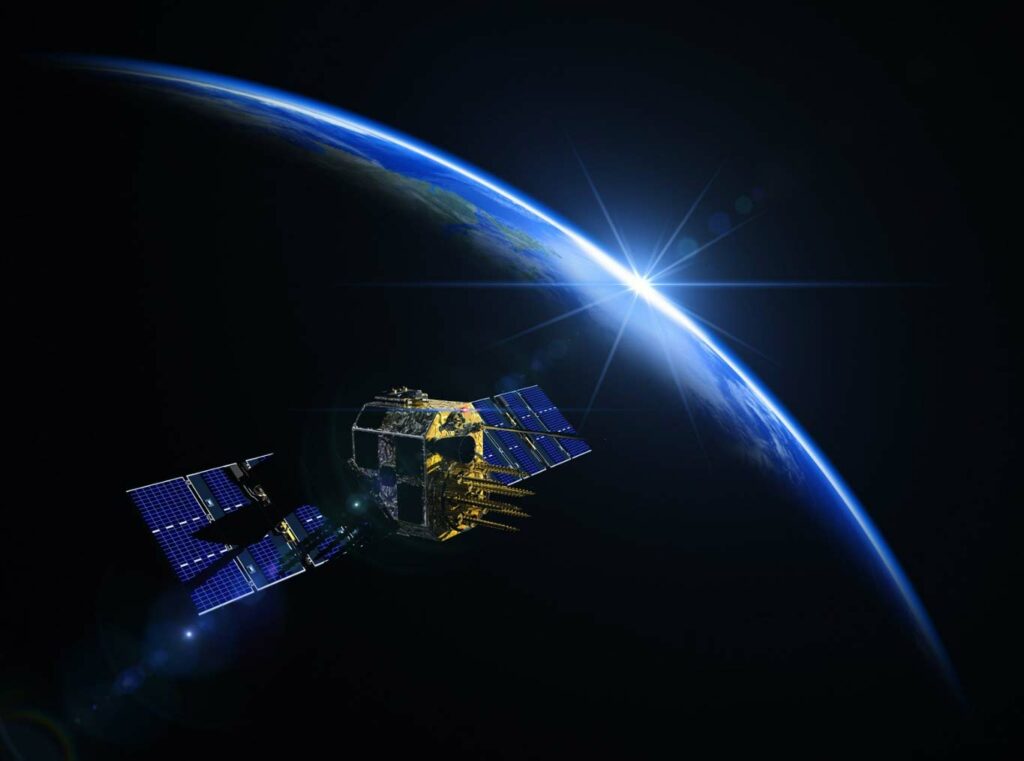
Saudi Arabia plans to acquire satellites to boost its space capabilities, as part of the military reform planned for 2028.
Towards a new space era for Saudi Arabia
Saudi Arabia is preparing to extend its defense capabilities beyond the earth’s atmosphere with plans for a merger between the Royal Saudi Air Force (RSAF) and the Royal Saudi Air Defense Forces (RSADF), to form the new Royal Saudi Air and Space Force. This transformation, scheduled for completion around 2028, underlines the kingdom’s ambition to position itself as a significant power in the space sector, aligning its initiatives with developments in other regions, notably Europe.
The new entity’s initial priority will be to build space domain awareness, including the acquisition of satellites dedicated to intelligence, surveillance, reconnaissance and communications. Although the details of implementation and the precise timetable for these acquisitions have yet to be determined, military officials have indicated that these space capabilities could become a reality in the 2030s.
Saudi Arabia’s space ambitions build on the foundations laid by the creation of the Saudi Space Agency in 2018, reflecting a proud national heritage in space exploration. Saudi Arabia has already made space history with the flight of astronaut Prince Sultan bin Salman Al Saud aboard the NASA space shuttle in 1985, and more recently, with the flight of Ali al-Qarni, an RSAF F-15 pilot, to the International Space Station in 2023.
The transformation into the Royal Saudi Air and Space Force is part of a series of reforms undertaken by Saudi Arabia to modernize its military apparatus, improve governance, equipment procurement and the ability to operate within coalitions. Initiated in 2015 by Crown Prince Mohammed bin Salman, then Minister of Defense, this reform project aims to adapt the country’s armed forces to new strategic and technological challenges.

Strategic implications and challenges of Saudi Arabia’s space expansion
Saudi Arabia’s integration of space capabilities represents a major shift in the kingdom’s defense posture and national security strategy. On the positive side, access to reconnaissance and communications satellites will enhance Saudi Arabia’s surveillance, intelligence gathering and communications capabilities, increasing its ability to proactively respond to threats and better manage its military operations.
This move into space also aligns with a global trend in which space capabilities are becoming a central element of national security and defense. By developing its own space infrastructure, Saudi Arabia seeks to ensure strategic independence and reinforce its status as a regional power.
However, this expansion also poses significant challenges. Growing dependence on space technologies raises questions of vulnerability to anti-satellite threats and space conflicts. In addition, international competition for space is on the rise, which could lead to escalating tensions and arms races in an area hitherto relatively untouched by direct conflict.
Achieving these ambitions will require substantial investment in research and development, as well as international collaboration to acquire the necessary skills and technologies. The success of this program will also depend on Saudi Arabia’s ability to overcome financial and technical challenges, as well as its ability to navigate a complex geopolitical environment.
Saudi Arabia’s initiative to integrate space capabilities marks a significant strategic turning point, aimed at strengthening its defense and asserting its presence on the international stage. However, achieving these objectives will mean navigating through a landscape of complex technical, financial and geopolitical challenges.
War Wings Daily is an independant magazine.